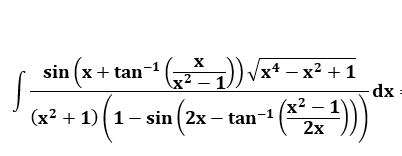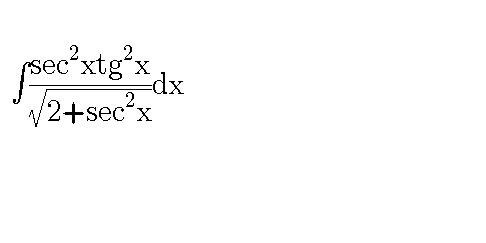
AllQuestion and Answers: Page 1560
Question Number 54721 Answers: 0 Comments: 0
Question Number 54701 Answers: 2 Comments: 0

Question Number 54700 Answers: 1 Comments: 1
Question Number 54699 Answers: 2 Comments: 3
Question Number 54698 Answers: 2 Comments: 0
Question Number 54679 Answers: 2 Comments: 1

Question Number 54675 Answers: 1 Comments: 1
Question Number 54688 Answers: 1 Comments: 1
Question Number 54663 Answers: 1 Comments: 1
$${y}\:=\:{cos}\mathrm{2}{t}×{sen}\mathrm{2}{t} \\ $$$$ \\ $$$${y}'\:=\:? \\ $$
Question Number 54661 Answers: 1 Comments: 3

Question Number 54659 Answers: 1 Comments: 2

Question Number 54658 Answers: 0 Comments: 0

Question Number 54647 Answers: 0 Comments: 3
Question Number 54646 Answers: 2 Comments: 0
Question Number 54644 Answers: 1 Comments: 0
Question Number 54641 Answers: 0 Comments: 1
Question Number 54626 Answers: 2 Comments: 0
Question Number 54616 Answers: 2 Comments: 0

Question Number 54607 Answers: 1 Comments: 2
Question Number 54603 Answers: 1 Comments: 0
Question Number 54602 Answers: 0 Comments: 1
Question Number 54600 Answers: 2 Comments: 2
Question Number 54595 Answers: 0 Comments: 3
Question Number 54588 Answers: 1 Comments: 0
Question Number 54586 Answers: 1 Comments: 0
Question Number 54585 Answers: 1 Comments: 1
Pg 1555 Pg 1556 Pg 1557 Pg 1558 Pg 1559 Pg 1560 Pg 1561 Pg 1562 Pg 1563 Pg 1564
